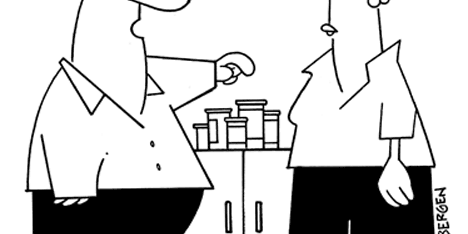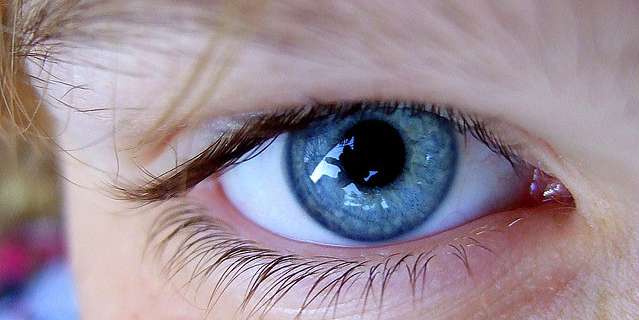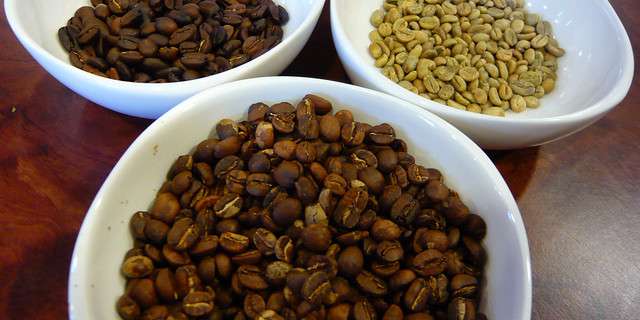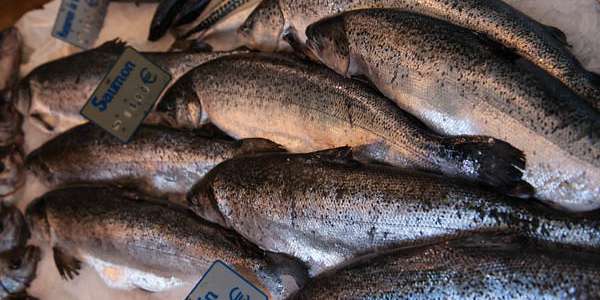Color-coding technology may be one of the most valuable tools to consider when it comes to prescription medications. The rainbow of pills lining the shelves of our local drug stores do not simply appeal to an eccentric and liberal palate; they are a product of color-coding technology that is used to provide security to both the patient and the healthcare industry. Pharmaceutical companies know the importance of quality control and color application in the production of prescription medications and the equipment needed to maintain safety. Spectrophotometers provide the essential piece of technology needed to monitor and develop pharmaceutical products that are easy to identify, which can play a crucial role towards eliminating the extensive margin of human error.
Although advancements in pharmaceuticals and medications have led to a significant increase in quality of life, the variety and sheer number of prescription medications on the market today have greatly increased the numbers of errors. Today, more medical mistakes are linked to prescription drugs than any other cause, and have created a crisis in the healthcare industry that has led to financial and even fatal consequences.
Taking pill identification beyond “Little, Yellow”
Research by the Institute of Medicine has shown that approximately four out of five adults take some form of medication every week, and nearly one-third of those individuals are taking a least five or more various pills per day. With the number of prescription drugs at an all-time high, the ability to differentiate between liquid, powder, capsule, or pill is getting more and more difficult and the human eye alone cannot accurately differentiate between them. Added to the fact that prescriptions today are labeled with names that sound and look very similar, any miscalculations can have extremely harmful outcomes.That is why the Food and Drug Administration (FDA), Drug Evaluation and Research (CDER), and the Division of Medication Error Prevention and Analysis (DMEPA) are all working together to create and enforce stricter guidelines for specific labeling and advancement in spectrophotometers, color-technology, and the color-coding of prescription medications.







